Nature reports
Page 64 of 70 - 694 Results
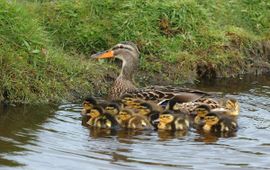
Now that the first ducklings of the season have hatched, NIOO's own 'Dr Duck' - researcher Erik Kleyheeg - is appealing to citizen scientists in the Netherlands to help him solve a mystery...
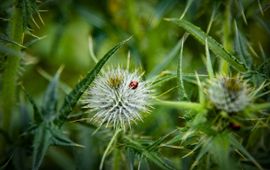
Research into biodiversity is crucial if we are tackling the main challenges our society faces: water, food, economy, climate and health. That's why knowledge institutes in the Netherlands - including NIOO - have drafted a new,..
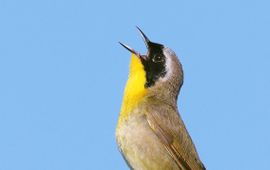
The world is noisy. In cities, we find ourselves constantly surrounded by the moan of motors, the screech of sirens, and the prattle of people. So much so, that we often crave the peace and quiet of the countryside. But silence is..

Due to the extreme high temperatures, spring is quickly arriving in the Netherlands. Next week, several characteristic trees such as oak, horse-chestnut, lime, alder, apple and birch will start unfolding their leaves. The recently..
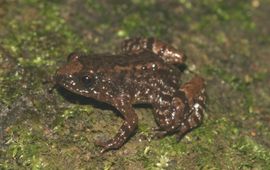
Indian scientists have discovered seven new species of frogs in the Western Ghats, a biodiversity-rich mountain range in India. Despite being commonly encountered, all seven species might be threatened by habitat loss...
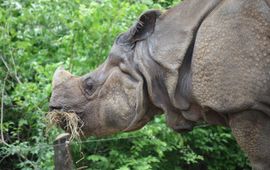
Female rhinoceros often suffer from vaginal or uterus tumors, which complicate the production of offspring. For the first time, scientists from the Leibniz Institute for Zoo and Wildlife Research in Berlin and the University of..

The newly launched GrowApp allows people to make animations of trees, gardens and landscapes by taking pictures with their smartphone. The app directly transforms these pictures in a time lapse movie that shows changes over the..
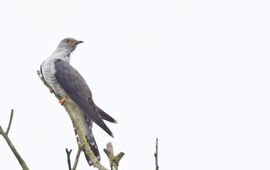
Male cuckoos appear to have a unique call that makes them distinguishable to and from other males. A new study appearing in Animal Behaviour shows that an individual cuckoo call may determine how a male responds to an interloper..
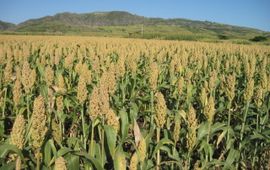
Sorghum is the fifth most important cereal in the world. In sub-Saharan Africa, many farmers rely on this grain for food and feed. But Striga, a parasitic weed, can have a devastating impact on crop yield. With an 8-million-dollar..

After three meetings of the Inter-American Tropical Tuna Commission (IATTC), member countries have reached consensus on a conservation measure for tropical tunas in the eastern Pacific. The agreement only covers this year and..
